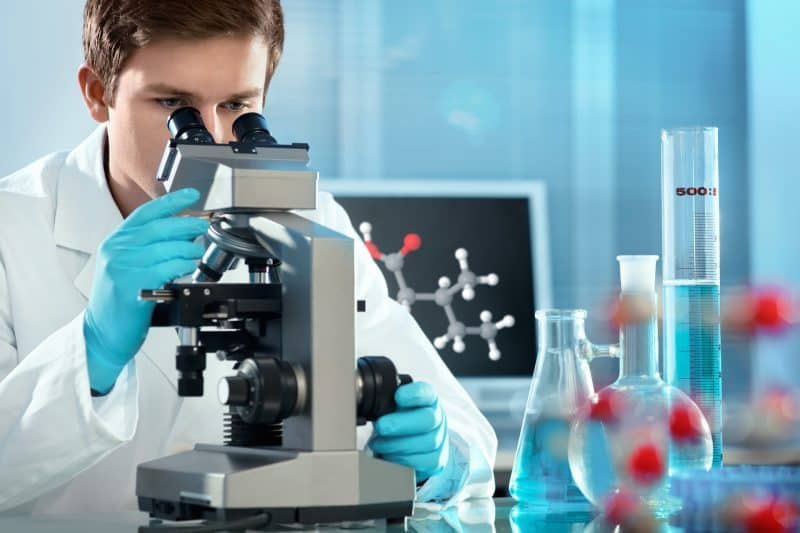The Medicines and Healthcare Products Regulatory Agency (MHRA) is the UK government body which oversees the regulation of medicines and medical devices. From over-the-counter medicines to pacemakers and defibrillators, the MHRA works to ensure all products are safe and effective before they reach the market. While they understand that no product is ever 100% free of risk, their thorough investigations intend to minimize possible risk while maximising patient benefit.
How Does the MHRA Work?
The MHRA is a predominantly government-funded pharmaceutical and med tech regulation body which also requires fees from pharmaceutical companies when they apply for product licences. It works closely with its European counterparts and is recognised and respected worldwide.
Licensing a New Medical Device or Product
Before any new product or medicine can be passed by the MHRA for the UK healthcare market, it must meet three criteria: the advantages of the product must outweigh the disadvantages; it must offer the most benefits to the patient for the least disadvantage; and any side effects must be ‘acceptable’. These criteria are scaled, meaning that if a product can be used to treat life-threatening illnesses successfully, the acceptable level of side effects will be higher than those acceptable for an over-the-counter medicine.
In order to ascertain whether or not the product meets these criteria, clinical trials are conducted; and in order to receive permission to conduct clinical trials, the product must first show that it satisfies the strict safety criteria of the MHRA. Only then can the product attempt to meet the three criteria to gain market approval.
Testing in Three Phases
Once deemed safe for human testing, a three-phase clinical trial is performed. Phase 1 involves a trial using healthy volunteers and in pharmaceutical testing can be relatively small – between one and 100 volunteers. Phase 2 tests the medicine in a larger test group of patients with the associated illness or condition. Phase 3 looks at how well the product works and how safe it is.
Devices are not always subject to a clinical trial but must meet stringent mechanical and/or electrical safety standards. Adaptations of existing safe technology are usually exempt from a clinical trial.
Both the safety assessment and the clinical trials can be lengthy processes. However, these can be shortened by ensuring that the initial information supplied by the manufacturer is concise and in good order. The better the information submitted, the sooner the assessment can be completed.
Monitoring New Medicines
Once a new product has been approved, the MHRA will license it and release it to market but continue to monitor the product over a two-year probationary period. During this time, a black triangle will be shown on the packaging, advising prescribers to monitor the product carefully and take not of any possible adverse reactions. Only once the product has been used safely on a large number of people is the triangle is removed and the licensing process complete.



